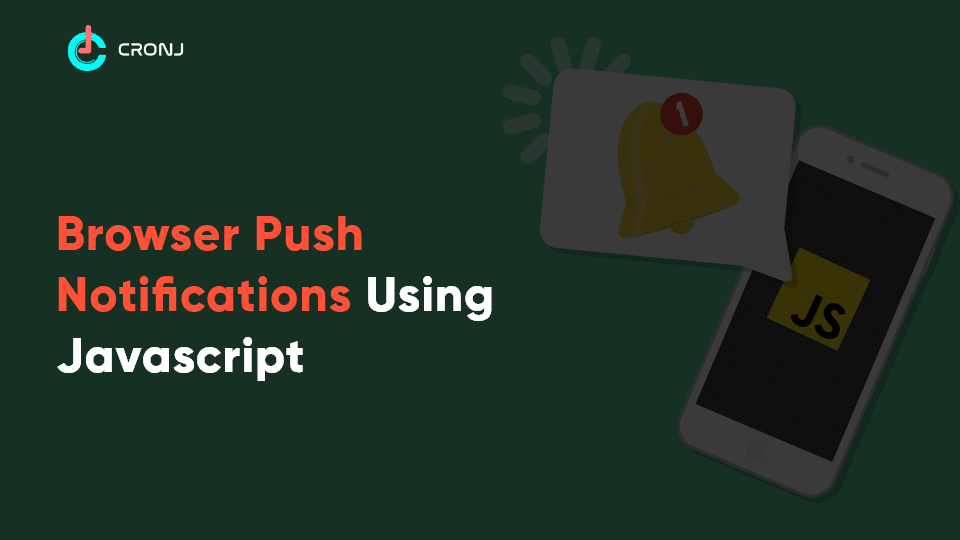
Browser notifications are an essential tool for modern websites, allowing them to interact with their visitors in a much more direct way. But for those unfamiliar, browser notifications can be confusing and even intimidating. In this blog post, we will explain what browser notifications are, how they work and why they are beneficial to websites and users alike.
First of all, browser notifications are messages sent directly to a user’s web browser from a website or application. These messages can take the form of small pop-ups that appear on top of whatever page you’re currently viewing, or they can appear as a small notification tab in the corner. They are commonly used by websites to inform users of new content or changes to their accounts.
To send browser notifications, website owners and developers use web APIs (Application Programming Interface). This API is essentially a software that allows developers to interact with different browsers which supports these kind of notifications. Websites that use these APIs must ensure that the user agrees to receive them first before sending any forms of notification.
Although users can receive these notes from many different websites and applications, there is usually a common sense of uniform appearance regardless which website or application sent it – such as having the same colouring for various notification types or having all the notes fit within one expanded area on the screen.
There are many advantages to using browser notifications aside from simply informing users about changes on the website itself. For example, companies may use them to send promotional offers, coupons or product updates; allowing users stay up-to-date with any new exciting opportunities they may be interested in while remaining vigilant over potential threats such as malware or fraudulent activity. Additionally, by having an interactive channel with browsers via these notifications companies can collect data about user behaviour which may be used for future research purposes.
Finally Safaaya is an open source library dedicated completely towards web push notification technology offers customisable designs of both desktop and mobile that come with support for iOS and Android devices making it easier than ever before for developers to create beautiful push notifications tailored specifically towards their requirements while providing an enjoyable experience for end-users looking forward receiving updates from their favourite sites and applications.
In conclusion, as technology continues advancing it is becoming increasingly apparent how helpful and useful browser notifications can be for both businesses looking reach out customers as well as users in various industries who desire easy access information sent through reliable channels such as this one championed by modern browsers like Google Chrome and Opera. Going forward more services continue pushing out engaging content leveraging powerful functionality such as automation support triggering events based off conditions making browsing an even more enjoyable experience worth returning to time after time once again